Live cattle futures on the Chicago Mercantile Exchange hit fresh contract highs once again on Tuesday, with expectations for declining U.S. inventories behind some of the buying interest.

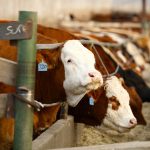
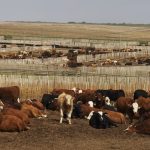
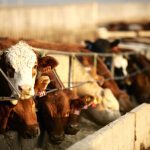
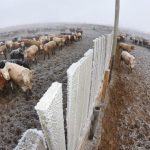
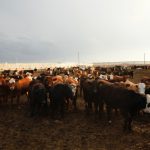

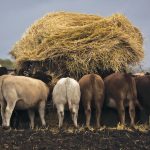
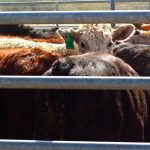


The Markets: Larger supplies by numbers and weight will mean more beef supply year over year